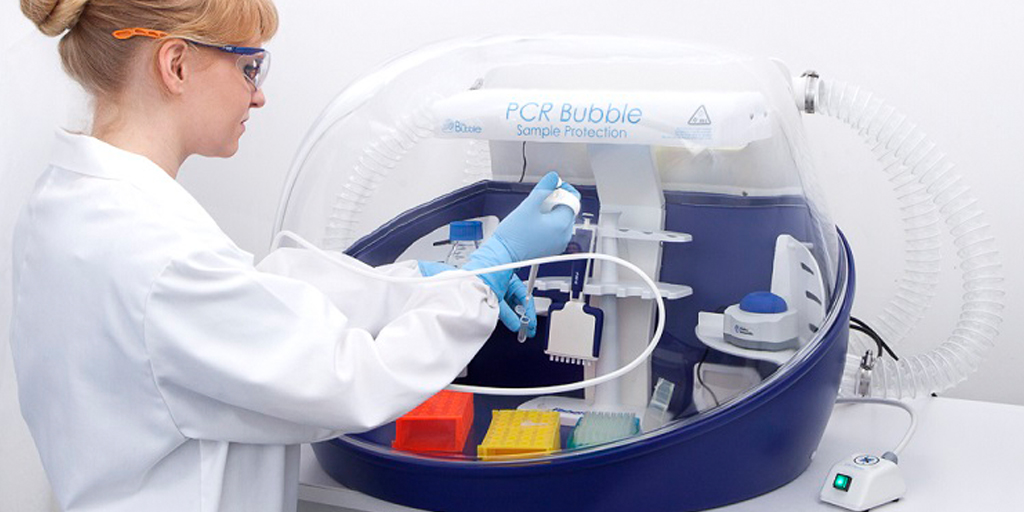What are Fume Hoods?
Fume hoods are pieces of laboratory equipment or chamber devices that prevent harmful air from spreading outside of the chamber. The use of these hoods depends on the procedures performed within the laboratory space, safety needs, protection of specimens/content, experiment size, and the type of fumes to contain. The term is a name given to devices that work on the same fume containment principle depending on the content in use. Devices like exhaust hoods, canopy chambers, fume cupboards, radioisotope, bio-safety cabinets, glove boxes, etc. all fall in the same category of fume hoods.
Main Use of Fume Hoods
The most important use of a fume hood is discharging waste present in the air of a laboratory or an area where an experiment using content that emits harmful fumes. In a laboratory setting, tests contain various materials like chemicals, gases, odor, corrosive or flammable items. All these items, in some way, emit fumes that contaminate the air for handlers and personnel present in a lab. In order to prevent pollutants from spreading and protect the operators, these hoods are used in the area near the experiment.
Required Functions
The use of fume hoods depends on the nature of the experiment and the scenario of the laboratory, which means it is necessary for practicing safety and operation protocols within a laboratory. To ensure that protocols of safety are established, the following functions of fume hoods are required:
- Releasing
Releasing is the function of a fume hood that equips it with the ability to thin out the harmful gas emerging inside the chamber. That this air efficiently discharges outside of the chamber by means of an absorbing gas present outside.
- Irreversible Function
This function enables a fume hood to prevent any discharged harmful gas from reversing back into the room from inside of the chamber. To ensure the functionality, the best way is to connect the hood with a ventilation fan through a single pipe. Multiple piping will only prove suitable when used in a separate room or floor. Installing a ventilation fan at the end of the pipeline will ensure the effectiveness of the function.
- Insulation
Another essential function of a practical fume hood is to provide insulation inside and outside of the hood chamber by having a sturdy glass window in front.
- Wind Speed Control
Another essential function of a fume hood is to have a suitable suction speed that prevents hazardous gases from escaping from the inside. The elements that decide the suction and wind speed control are heat produced, the material used, and their properties.
- Resistance
Sometimes materials placed inside the fume hood emits corrosive or otherwise heated fumes that prove very harmful during experiments or tests. To safeguard the handlers and to ensure maximum safety protocols, fume hoods need to be resistant against acid and heat effects.
Final Word
The use and function of fume hoods depend on the experiment type and material placed inside. Along with features, hood size, surface material, fixture, color, accessories, and budget-based choices also have an impact on the selection and usage of a device in a laboratory setting.
Lorem ipsum dolor sit amet, consectetur adipiscing elit. Ut elit tellus, luctus nec ullamcorper mattis, pulvinar dapibus leo.

